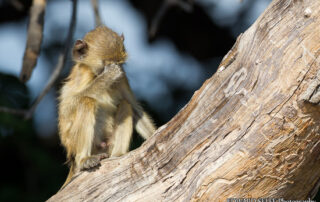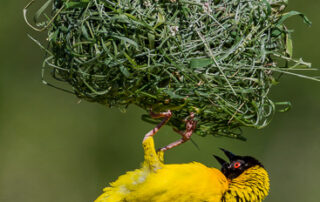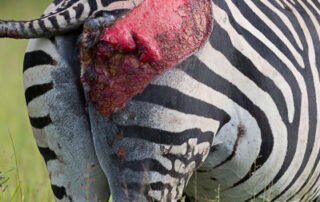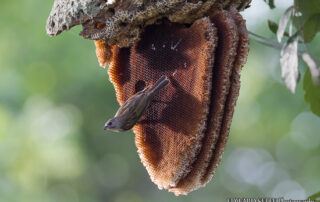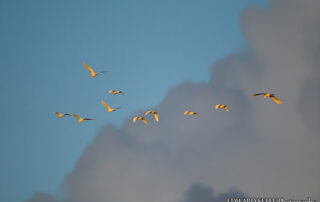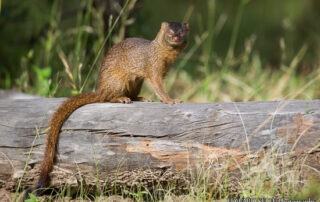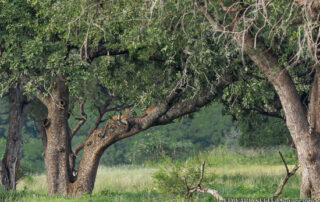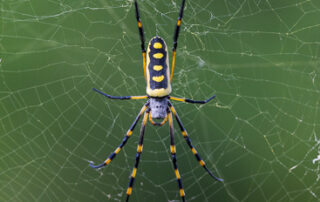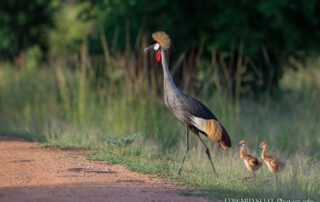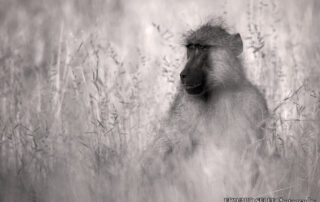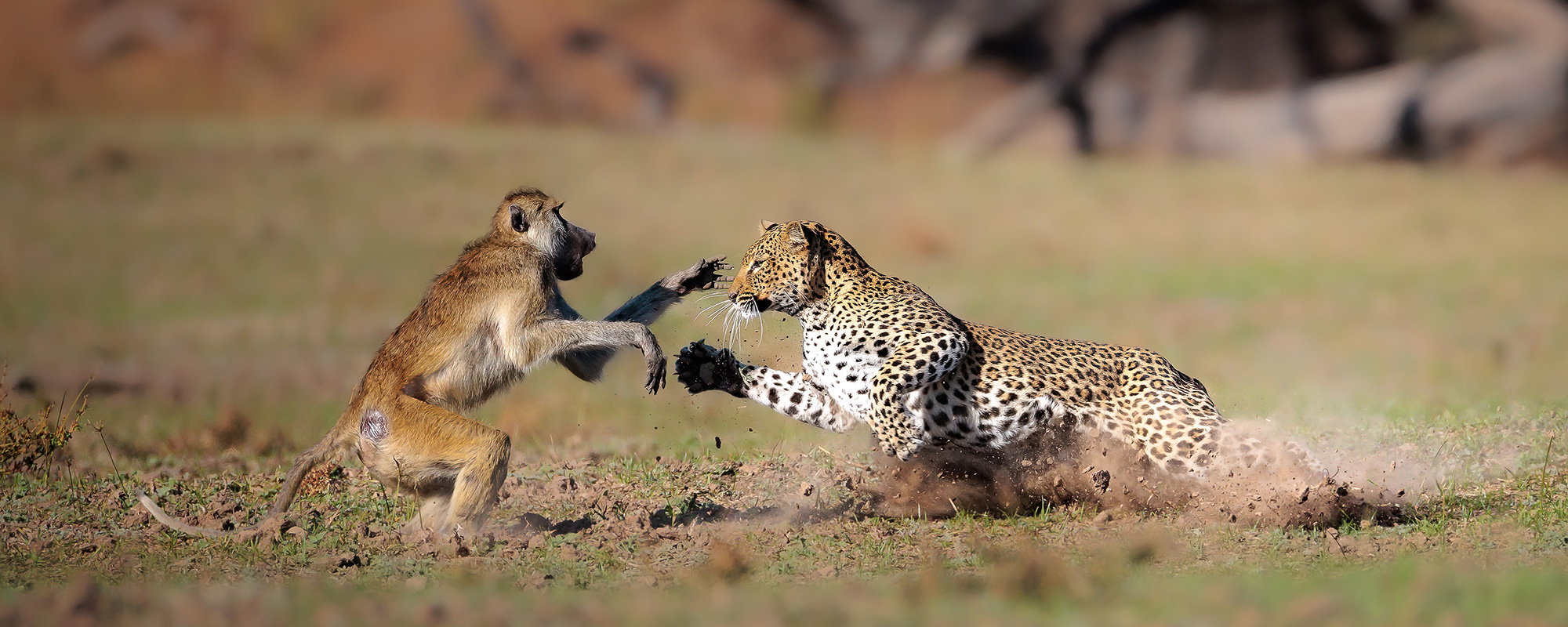
WELCOME TO MY
WILDLIFE BLOG
Some days…
.....it's all just a bit too much for a young baboon. One of the best reference books on baboon behaviour was written by a well-known animal scientist called Shirley Strum. After years living with Olive baboons in Kenya, she compiled her findings into a very readable book called "Almost Human". It's a wonderful account of her life as one of the troop. She carefully documents the ever-changing behaviour of individuals towards one another, trying to keep [...]
Boat Trip
When the river's very high, as it has been over the last couple of weeks, we can get out in the boat and enjoy a beautiful, water-level view of the Luangwa. As we floated downstream, we passed pods of hippos on all sides and watched abundant bird-life making the most of the plentiful prey during the summer months. A Village (or Spotted-backed) Weaver was busy building his nest on a branch overhanging a lagoon. A young [...]
It’s not all cheerful in the bush
See UPDATE below. I was out driving yesterday and came across a group of zebras feeding in the long grasses just by the road. One male was separate from the rest of the herd and revealed, as he turned towards us, a dreadful wound on his hindquarters. The bright, fresh, red flesh stood out dramatically against an otherwise green environment, and we could immediately see how distressed the animal was. He was trying to feed but [...]
Something a bit different…..
A while ago I did a photo workshop for Chipembele Wildlife Education Centre to support their "Luangwa through the eyes of the kids of Mfuwe" project. Children are lent a camera for a couple of days, and encouraged to photograph whatever appeals to them. It's interesting to see what they choose to shoot. You can read more about this project on Chipembele's excellent website. While the kids were doing their thing, I took some people photos, [...]
An elephant pile up….
This lovely small family of elephants appeared in the road ahead of us as we were driving slowly along. They seemed agitated to be exposed on the road, so bunched together as a tight group. After a short time, they relaxed and began to show us a full range of greetings and tactile communication. Here, a youngster places his trunk behind an adult female's ear, and she raises her trunk to place it in his mouth [...]
Lesser Honeyguide
It's an easy sound to miss, but if you stop and listen carefully, you'll always hear the "tink...tink...tink...tink" of a Lesser Honeyguide calling from a favourite tree-top perch. Fairly drab to look at, the Honeyguides are a group of birds which are famous for leading certain animals, including man, to beehives, where the predator breaks open the nest to take the honey, and the bird benefits by feeding on wax, honey and larvae after the main [...]
Sunset Fly-by
Beautiful evening sky this evening as a group of Cattle Egrets flew past me, lit up as a golden splash against the blue-grey sky.
Bold Slender Mongoose
After a long night of heavy rain, we found this Slender Mongoose sunbathing on a log at the side of the road. Instead of heading for the nearest thicket with its tail high in the air, this one just continued to bask in the sunshine. Eventually, after scratching various body parts, it moved off to the shade of a bush.
“That’s Very Luangwa…”
We were out yesterday and heard baboons shouting loudly while I was watching a couple of storks feeding. I drove on to see what was bothering them, knowing that the alarm call they were making was to warn of a leopard. As we drove up, I found the centre of the commotion and quickly found a pair of leopards resting in a sausage tree out in the middle of the plain. At this time of year, [...]
Golden Orb Spider
I found this huge Golden Orb Spider or Golden Orb Weaver out in the park yesterday. It had built a huge orb web, stretching about 5m across and about 3m tall. The spider itself was over 15cms long and was sitting, alert, at the middle of the web. It had position a leg on each of the main strands of the web waiting to feel if an insect became caught in the sticky strands. While not [...]
Taking the Kids for a Walk
I've been watching a pair of Crowned Cranes nesting in the long grasses of a swampy area over the last few weeks. When I drove past yesterday, I was a bit surprised not to find them there. I thought that perhaps they were nestled down in the grass, or perhaps had been chased off by a predator. What I had not considered was that they had reared the chicks and they were out foraging together! The [...]
Contemplative
I first noticed this baboon because he was staring intently in one direction for some time. If you can spot this behaviour, it can tell you more about what's going on than we can see or hear. Baboons have fantastic eyesight and rely on it more than any other sense. So if they tell you there's danger, it possible that we can see it too. In this case, he had sensed something and was assessing whether [...]

